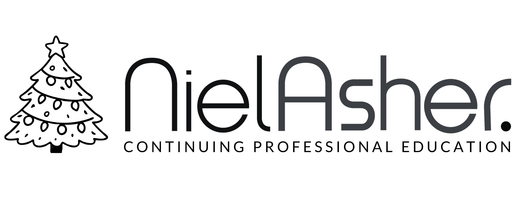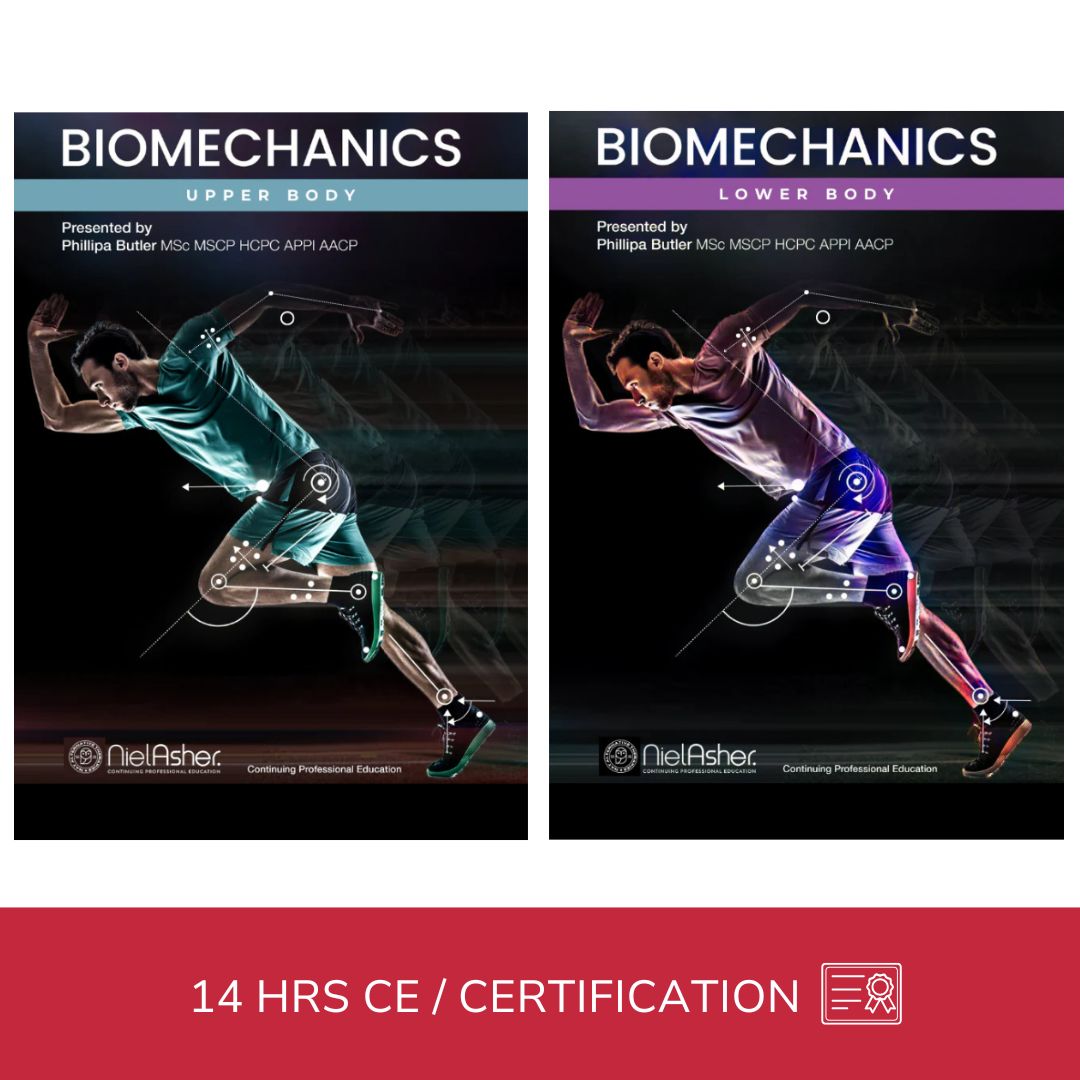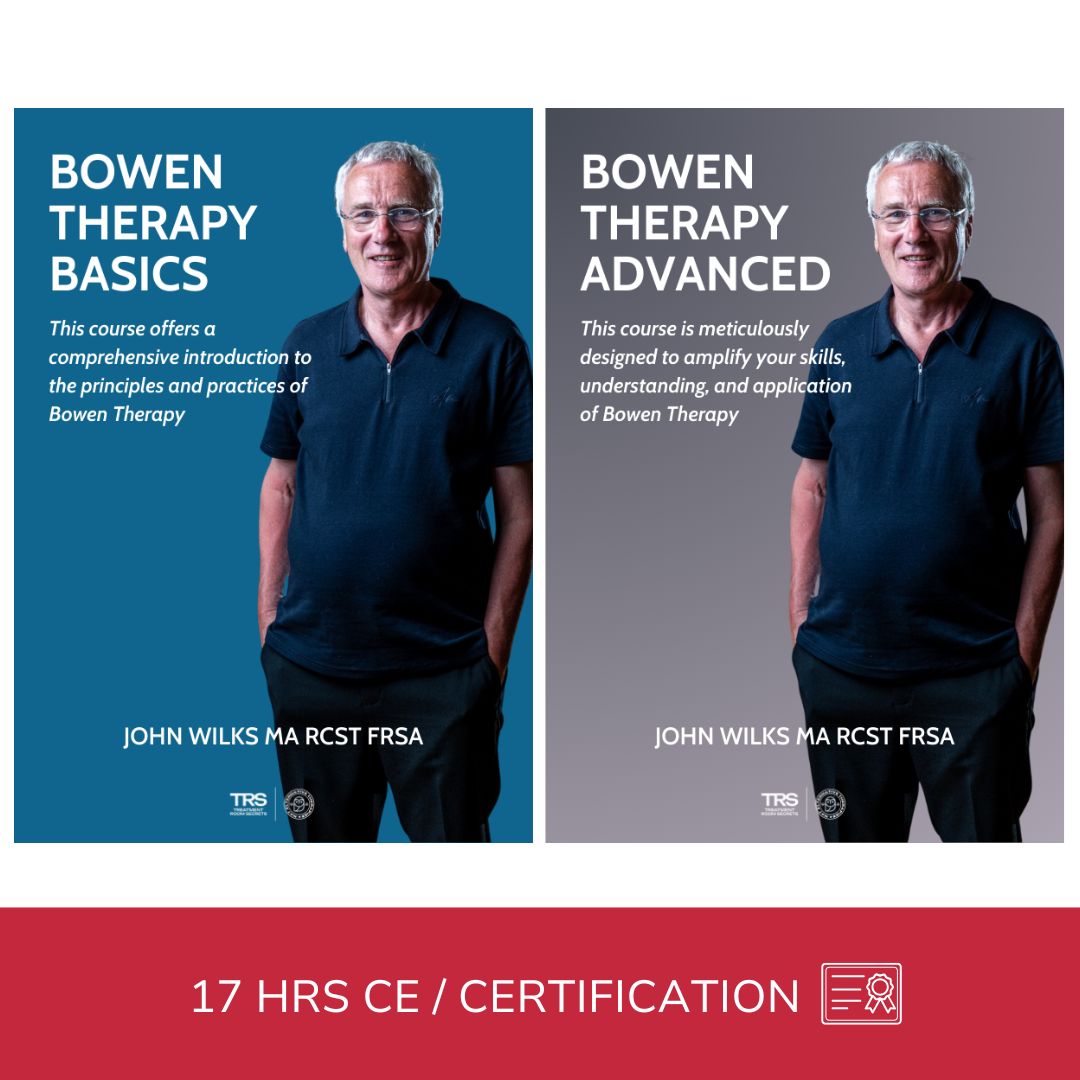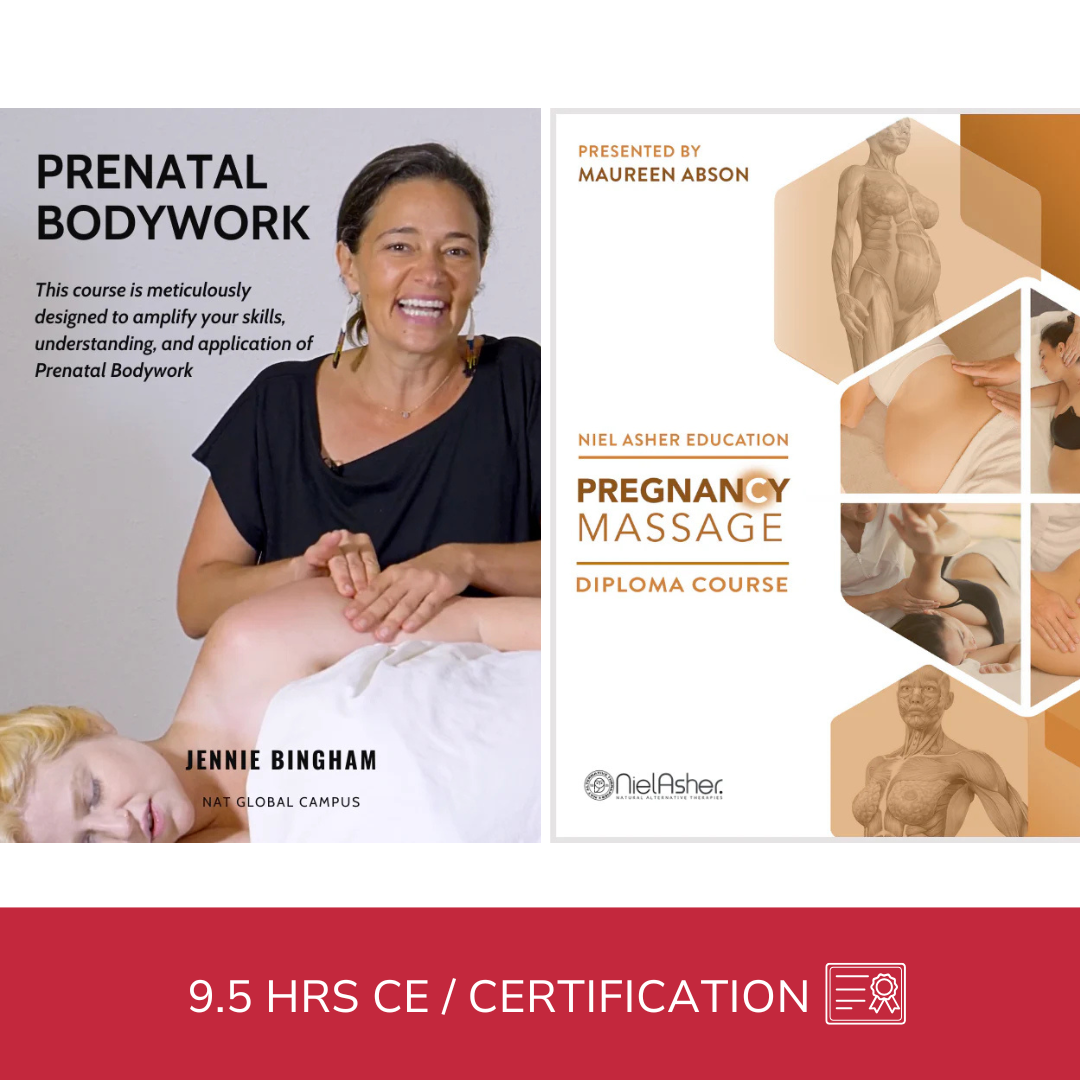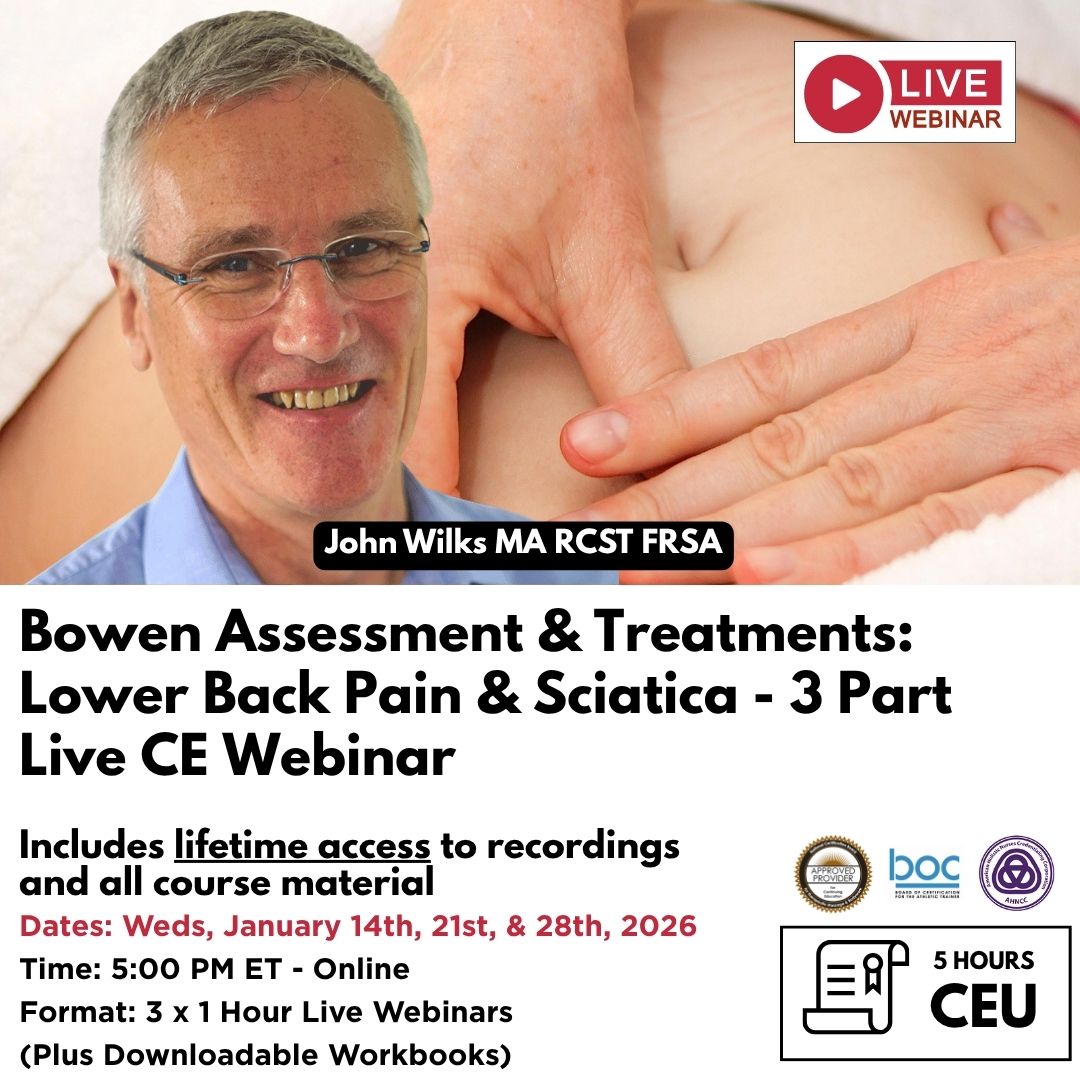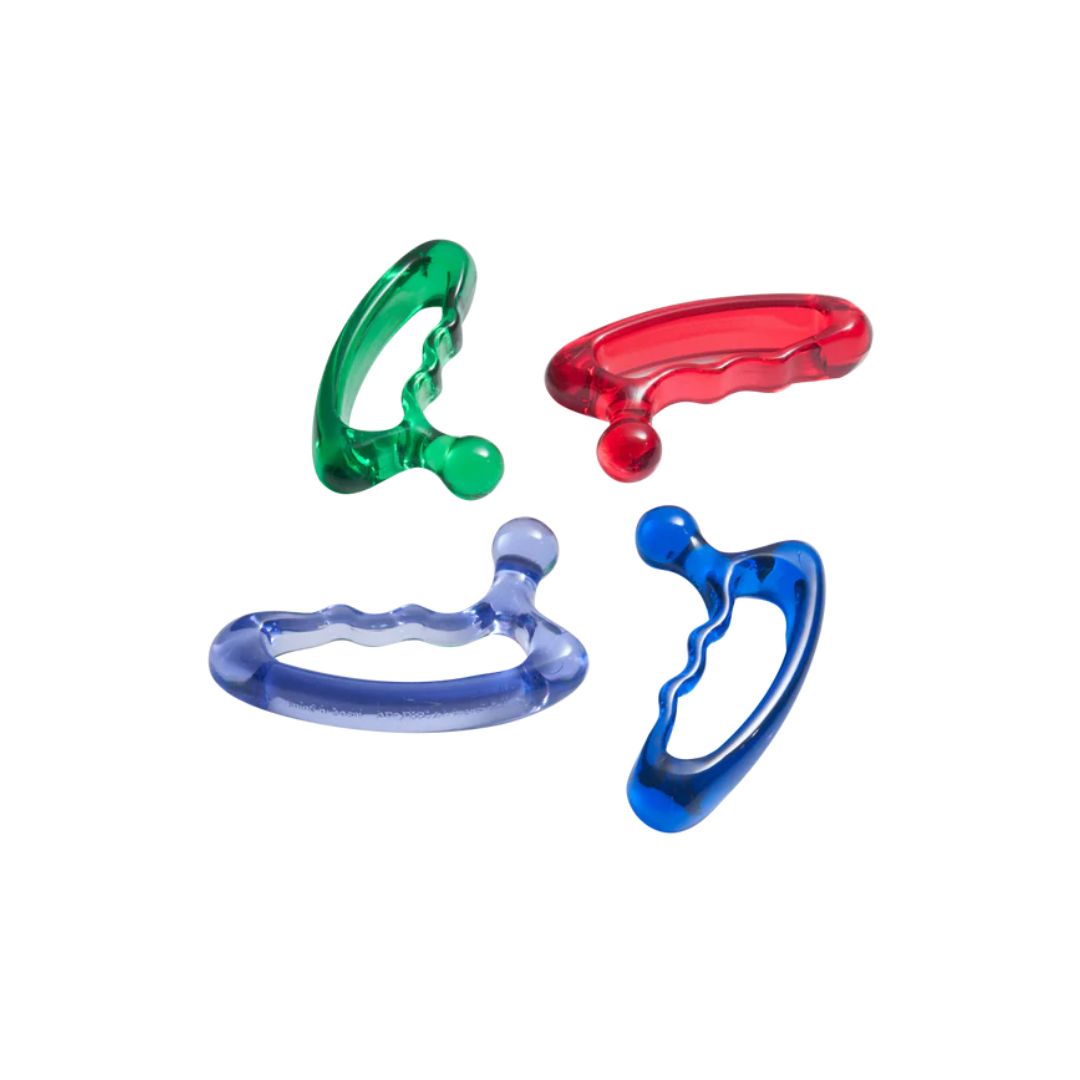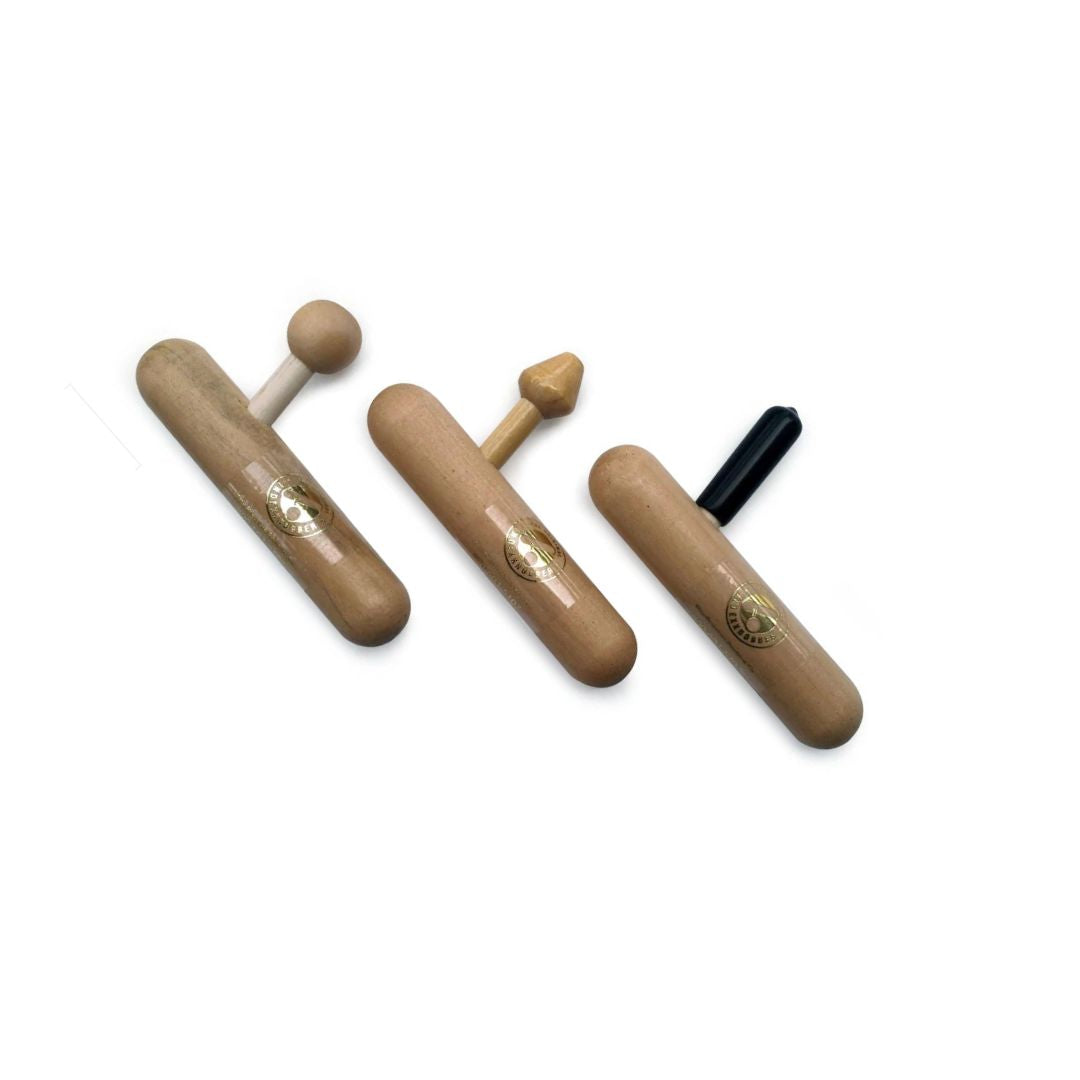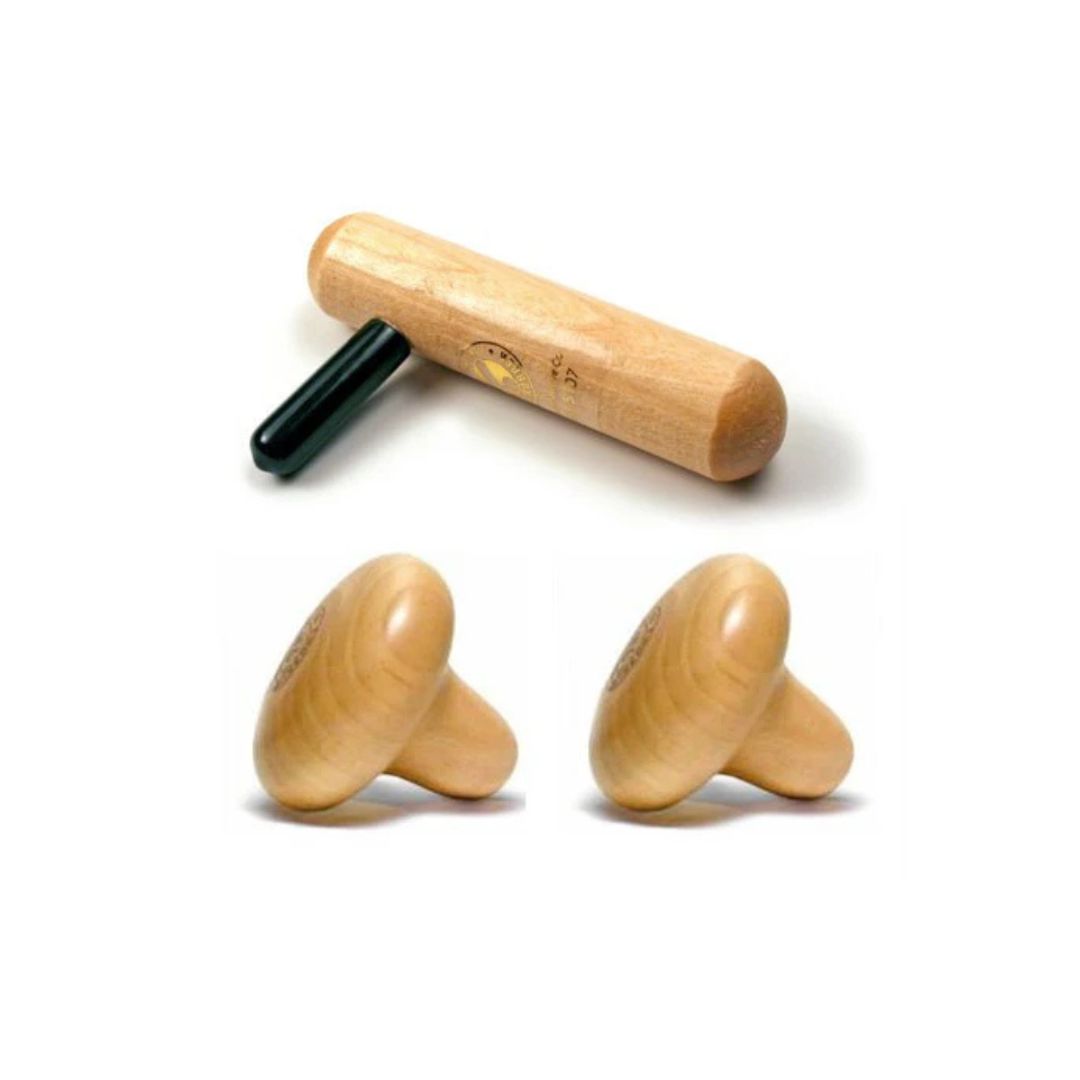5 Best Shoulder and Neck Stretches to Do Every Morning
Wake Up, Stretch, and Feel Amazing: Why Morning Neck and Shoulder Stretches Matter
Let’s be honest—most of us wake up feeling stiff. Whether you slept in an awkward position, spent too many hours hunched over your phone the day before, or simply carried too much stress into your sleep, you’re not alone. That tightness in your shoulders and neck? It’s your body telling you it needs some movement.
The good news? Just a few minutes of stretching each morning can make a huge difference in how you feel for the rest of the day. It doesn’t matter if you’re an athlete, a desk worker, or someone who’s just trying to move more—adding simple shoulder and neck stretches to your routine can transform the way you move, reduce tension, and set you up for a better day.
Think about it. We spend hours in positions that create tension—whether it’s sleeping in a weird posture, staring at screens, or carrying stress in our upper body. That stiffness doesn’t just magically disappear; it builds up, leading to poor posture, reduced mobility, and even chronic discomfort.
By taking a few minutes each morning to loosen up your neck and shoulders, you’re releasing that tension before it takes hold, improving blood flow to your muscles, and setting a positive tone for the rest of your day.
Even better? These stretches aren’t just for your morning routine. You can do them anywhere, anytime—during a break at work, after a long drive, or whenever you start to feel that familiar tightness creeping back in.
In this article, we’ll take you through five of the best shoulder and neck stretches to do every morning. They’re easy, effective, and perfect for waking up your body and releasing tension before it builds up.
So, let’s get started—you’re just a few stretches away from feeling lighter, looser, and more energized!
Posterior Shoulder Stretch

This stretch, often referred to as a posterior shoulder stretch or a pectoralis minor stretch, is designed to target the muscles in the front of your chest and shoulders, while also providing a gentle stretch to the upper back. Here's a detailed description:
How to Perform the Stretch:
- Starting Position: Begin by standing tall with your feet shoulder-width apart. Maintain good posture, with your spine straight and your shoulders relaxed.
- Hand Placement: Place your hands behind your head. Interlock your fingers at the base of your skull.
- Elbow Movement: Gently push your elbows backward, as if trying to bring them behind your back. You should feel a stretch across your chest and the front of your shoulders.
- Hold and Breathe: Hold this position for 20-30 seconds, maintaining steady, relaxed breathing. Avoid holding your breath.
- Release: Slowly release the stretch by bringing your elbows forward and lowering your arms.
- Repeat: You can repeat this stretch 2-3 times for optimal benefit.
Muscles Benefiting from this Stretch:
- Pectoralis Major and Minor: These are the primary muscles targeted. They are located in the chest and can become tight from prolonged sitting, poor posture, or repetitive overhead movements. Tight pectorals can contribute to rounded shoulders and upper back pain.
- Anterior Deltoid: This muscle is located at the front of the shoulder and can also become tight from similar activities as the pectorals.
- Rhomboids and Middle Trapezius: While not the primary focus, these muscles in the upper back are gently stretched as you push your elbows back. This helps to counteract the tightness in the chest and shoulders.
- Upper Back Muscles: this stretch will help to improve the flexibility of the upper back.
Benefits of this Stretch:
- Improved Posture: By stretching the tight muscles in the chest and shoulders, this stretch can help to counteract rounded shoulders and improve overall posture.
- Reduced Chest and Shoulder Tension: It can help to release tension and tightness in the chest and shoulders, which can be caused by stress, prolonged sitting, or repetitive movements.
- Increased Flexibility: Regular stretching can improve flexibility in the chest and shoulder region.
- Pain Relief: It can help to alleviate pain in the chest, shoulders, and upper back.
- Improved Breathing: Opening up the chest can facilitate deeper and more efficient breathing.
Important Considerations:
- Avoid Pain: Never force the stretch. You should feel a gentle stretch, not pain.
- Maintain Good Posture: Keep your back straight and your core engaged throughout the stretch.
- Breathe Regularly: Avoid holding your breath.
- Listen to Your Body: If you experience any discomfort, stop the stretch.
- Modifications: If you have limited shoulder mobility, you can modify the stretch by placing your hands on your upper back instead of behind your head.
Overhead Shoulder Stretch

The "Overhead Shoulder Stretch," also known as the "Overhead Arm Extension" or "Upward Prayer Stretch," is a beneficial stretch that targets multiple muscle groups in the upper body, promoting flexibility and releasing tension. Here's a detailed description:
How to Perform the Stretch:
- Starting Position: Begin by standing tall with your feet shoulder-width apart. Maintain good posture, with your spine straight and your shoulders relaxed.
- Arm Elevation: Raise your arms straight up overhead, extending them as high as comfortably possible.
- Finger Interlock: Interlock your fingers with your palms facing upward, toward the ceiling.
- Upward Reach: Gently push your arms upward, as if trying to lengthen your spine. You should feel a stretch along the sides of your torso, your shoulders, and your upper back.
- Hold and Breathe: Hold this position for 20-30 seconds, maintaining steady, relaxed breathing. Avoid holding your breath.
- Release: Slowly release the stretch by lowering your arms.
- Repeat: You can repeat this stretch 2-3 times for optimal benefit.
Muscles Benefiting from this Stretch:
- Latissimus Dorsi: These large muscles in the back are stretched along their length, which can improve flexibility and reduce tension.
- Teres Major: This muscle, located in the upper back, also benefits from the lengthening action.
- Serratus Anterior: This muscle, which wraps around the rib cage, is stretched, which can improve shoulder blade stability.
- Intercostal Muscles: The muscles between the ribs are stretched, which can improve rib cage mobility and breathing.
- Shoulder Muscles (Deltoids): The deltoid muscles, particularly the anterior and lateral portions, are stretched, improving flexibility and range of motion.
- Triceps: The muscles on the back of the upper arms are also gently stretched.
- Abdominal Muscles: When reaching, the abdominal muscles can also be engaged and stretched.
Benefits of this Stretch:
- Increased Shoulder and Upper Back Flexibility: This stretch helps to lengthen and release tension in the shoulder and upper back muscles.
- Improved Posture: By stretching the muscles that tend to pull the shoulders forward, it can help to improve posture.
- Reduced Upper Back and Shoulder Tension: It can help to release tension and tightness in the upper back and shoulders, which can be caused by stress, prolonged sitting, or repetitive movements.
- Improved Breathing: Opening up the rib cage can facilitate deeper and more efficient breathing.
- Increased Torso Flexibility: The stretch also benefits the muscles along the sides of the torso, increasing flexibility in this area.
Important Considerations:
- Avoid Pain: Never force the stretch. You should feel a gentle stretch, not pain.
- Maintain Good Posture: Keep your back straight and your core engaged throughout the stretch.
- Breathe Regularly: Avoid holding your breath.
- Listen to Your Body: If you experience any discomfort, stop the stretch.
-
Modifications:
- If you have limited shoulder mobility, you can modify the stretch by raising your arms as high as comfortably possible, even if they don't go straight overhead.
- You can also use a towel or strap to assist with the stretch if needed.
- Controlled Movement: raise and lower the arms in a slow controlled manner.
Cross-Shoulder Stretch

The "Cross-Shoulder Stretch" is a common and effective stretch that primarily targets the posterior deltoid (rear shoulder) and the muscles of the upper back. Here's a detailed description:
How to Perform the Stretch:
- Starting Position: Begin by standing tall or sitting with good posture. Keep your back straight and shoulders relaxed.
- Arm Placement: Extend one arm straight out in front of you.
- Across the Body: Bring the extended arm across your body, toward the opposite shoulder.
- Assisted Stretch: Use your opposite arm to gently pull the extended arm closer to your body. Place the opposite hand either on the upper arm or near the elbow of the stretched arm.
- Hold and Breathe: Hold this position for 20-30 seconds, maintaining steady, relaxed breathing. Avoid holding your breath.
- Release: Slowly release the stretch by returning your arm to the starting position.
- Repeat: Repeat the stretch on the opposite arm. You can repeat this stretch 2-3 times on each side for optimal benefit.
Muscles Benefiting from this Stretch:
- Posterior Deltoid: This is the primary muscle targeted. It's located at the rear of the shoulder and can become tight from poor posture or repetitive forward arm movements.
- Rhomboids: These muscles, located between the shoulder blades, are also stretched, which can help to improve upper back mobility.
- Middle Trapezius: This muscle, located in the upper back, also benefits from the stretching action.
- Supraspinatus and Infraspinatus: Muscles of the rotator cuff also will be stretched.
Benefits of this Stretch:
- Increased Posterior Shoulder Flexibility: This stretch helps to lengthen and release tension in the rear shoulder muscles.
- Reduced Shoulder and Upper Back Tension: It can help to alleviate tightness and discomfort in the shoulders and upper back, often caused by prolonged sitting or poor posture.
- Improved Shoulder Mobility: Regular stretching can improve the range of motion in the shoulder joint.
- Pain Relief: It can help to reduce pain in the shoulder and upper back.
Important Considerations:
- Avoid Pain: Never force the stretch. You should feel a gentle stretch, not pain.
- Maintain Good Posture: Keep your back straight and shoulders relaxed.
- Breathe Regularly: Avoid holding your breath.
- Listen to Your Body: If you experience any discomfort, stop the stretch.
- Gentle Pull: Use a gentle, controlled pull with your opposite arm.
- Elbow Position: Keep your elbow slightly bent to avoid putting excessive strain on the joint.
- Shoulder Position: Keep your shoulders down and relaxed, avoiding shrugging.
Overhead Triceps Stretch

The "Triceps Stretch," also known as the "Overhead Triceps Stretch," is a targeted stretch that focuses on the muscles on the back of your upper arm. Here's a detailed description:
How to Perform the Stretch:
- Starting Position: Begin by standing tall or sitting with good posture. Keep your back straight and shoulders relaxed. Arm Elevation: Raise one arm straight up toward the ceiling.
- Elbow Bend: Bend your elbow, bringing your hand down toward the middle of your back or between your shoulder blades.
- Assisted Stretch: Use your opposite hand to gently pull the elbow of the bent arm further down. Place the opposite hand on the elbow of the bent arm.
- Hold and Breathe: Hold this position for 20-30 seconds, maintaining steady, relaxed breathing. Avoid holding your breath.
- Release: Slowly release the stretch by returning your arm to the starting position.
- Repeat: Repeat the stretch on the opposite arm. You can repeat this stretch 2-3 times on each side for optimal benefit.
Muscles Benefiting from this Stretch:
- Triceps Brachii: This is the primary muscle targeted. It's located on the back of the upper arm and is responsible for extending the elbow.
- Latissimus Dorsi: This large muscle in the back is also gently stretched during this movement.
- Teres Major: This muscle, located in the upper back, also benefits from the lengthening action.
- Posterior Deltoid: the rear part of the shoulder muscle is also stretched.
Benefits of this Stretch:
- Increased Triceps Flexibility: This stretch helps to lengthen and release tension in the triceps muscle.
- Improved Elbow Extension: Regular stretching can improve the range of motion in the elbow joint.
- Reduced Upper Arm Tension: It can help to alleviate tightness and discomfort in the back of the upper arm.
- Improved Shoulder Mobility: Secondary muscles around the shoulder are also stretched.
Important Considerations:
- Avoid Pain: Never force the stretch. You should feel a gentle stretch, not pain.
- Maintain Good Posture: Keep your back straight and shoulders relaxed.
- Breathe Regularly: Avoid holding your breath.
- Listen to Your Body: If you experience any discomfort, stop the stretch.
- Gentle Pull: Use a gentle, controlled pull with your opposite hand.
- Elbow Position: Ensure that the elbow of the bent arm is pointing straight up or slightly behind you. Avoid pushing it forward.
- Shoulder Position: Keep your shoulders down and relaxed, avoiding shrugging.
- Controlled Movement: raise and lower the arms in a slow controlled manner.
Neck Extension Stretch

The "Up and Down Neck Exercise," also known as neck flexion and extension, is a simple yet effective way to improve neck mobility and relieve tension. Here's a detailed description:
How to Perform the Exercise:
- Starting Position: Begin by sitting or standing tall with good posture. Keep your back straight, shoulders relaxed, and feet flat on the floor (if sitting).
- Neck Flexion (Downward Movement): Gently lower your chin toward your chest. You should feel a stretch in the back of your neck.
- Hold (Optional): You can hold this position for 1-2 seconds if desired.
- Return to Neutral: Slowly return your head to the starting position.
- Neck Extension (Upward Movement): Gently tilt your head backward, looking up toward the ceiling. You should feel a stretch in the front of your neck.
- Hold (Optional): You can hold this position for 1-2 seconds if desired.
- Return to Neutral: Slowly return your head to the starting position.
- Repetitions: Repeat the flexion and extension movements 5-10 times.
Muscles Benefiting from this Exercise:
- Neck Extensors (Posterior Muscles): These muscles, located at the back of the neck, are stretched during the downward movement (flexion).
- Neck Flexors (Anterior Muscles): These muscles, located at the front of the neck, are stretched during the upward movement (extension).
- Upper Trapezius: This muscle, located at the upper back and neck, is gently engaged during both movements.
Benefits of this Exercise:
- Increased Neck Mobility: Regular performance of this exercise can improve the range of motion in your neck.
- Reduced Neck Tension: It can help to alleviate tightness and discomfort in the neck, often caused by prolonged sitting, poor posture, or stress.
- Improved Posture: By strengthening and stretching the neck muscles, it can contribute to better overall posture.
- Headache Relief: This exercise can help to relieve tension headaches caused by neck tightness.
Important Considerations:
- Slow and Controlled Movements: Perform the exercise slowly and gently. Avoid jerky or rapid movements.
- Avoid Pain: Never force the movement. You should feel a gentle stretch, not pain.
- Maintain Good Posture: Keep your back straight and shoulders relaxed throughout the exercise.
- Breathe Regularly: Avoid holding your breath.
- Listen to Your Body: If you experience any dizziness, numbness, or tingling, stop the exercise immediately and consult with a healthcare professional.
- Range of Motion: Only move your neck within a comfortable range of motion. Do not push your neck past its natural limits.
- If you have any neck injuries or conditions: Consult with a physician or physical therapist before performing this exercise.
Summing It Up: A Few Minutes Every Morning for a Lifetime of Benefits
If you’ve made it this far, you already know that a few minutes of stretching in the morning can have a profound impact on how you feel throughout the day. It’s a small commitment with huge payoffs.
By taking the time to gently stretch your neck and shoulders, you’re not just relieving tightness—you’re preventing long-term issues, improving circulation, and setting yourself up for better posture, fewer headaches, and less muscle strain.
The best part? These stretches aren’t just for mornings.
Try incorporating them into your daily routine at work, especially if you spend a lot of time sitting or using a computer. Set a reminder to stand up and stretch every hour or so—you’ll be amazed at how much of a difference it makes in your focus, energy, and overall well-being.
And remember, the key to lasting benefits is consistency. Stretching once in a while is great, but making it a daily habit is what truly transforms the way you feel.
So, tomorrow morning, instead of rolling out of bed and diving straight into your daily routine, take just five minutes to stretch your shoulders and neck. Your body will thank you—both now and in the long run.
Ready to start feeling better every morning? Let’s make stretching a habit! 🚀
Want to Get Serious About Stretching?
Check out Niel Asher Educations Anatomy of Stretching course. This online course includes expert instruction for the therapist or healthcare professional who wishes to really get to grips with stretching know-how. The course is widely accredited for 3.5 hours CEU/CPD and includes extensive video instruction. a fully illustrated reference text, as well as online exam and certification.
Disclaimer
This article is for informational and educational purposes only and is not intended as a substitute for professional medical advice, diagnosis, or treatment. Always consult a qualified healthcare provider before beginning any new exercise or stretching routine, especially if you have pre-existing medical conditions, injuries, or chronic pain.
While the stretches outlined in this article are generally safe and beneficial for most people, it’s important to listen to your body and avoid any movements that cause discomfort or pain. If you experience persistent pain, dizziness, or other symptoms while stretching, discontinue the activity and seek medical advice.
Niel Asher Education does not assume responsibility for any injuries or adverse effects resulting from the practice of these exercises. Always perform stretches in a safe and controlled manner, and if in doubt, consult a licensed therapist or healthcare professional for guidance.
About Niel Asher Education
Niel Asher Education (NAT Global Campus) is a globally recognised provider of high-quality professional learning for hands-on health and movement practitioners. Through an extensive catalogue of expert-led online courses, NAT delivers continuing education for massage therapists, supporting both newly qualified and highly experienced professionals with practical, clinically relevant training designed for real-world practice.
Beyond massage therapy, Niel Asher Education offers comprehensive continuing education for physical therapists, continuing education for athletic trainers, continuing education for chiropractors, and continuing education for rehabilitation professionals working across a wide range of clinical, sports, and wellness environments. Courses span manual therapy, movement, rehabilitation, pain management, integrative therapies, and practitioner self-care, with content presented by respected educators and clinicians from around the world.
Known for its high production values and practitioner-focused approach, Niel Asher Education emphasises clarity, practical application, and professional integrity. Its online learning model allows practitioners to study at their own pace while earning recognised certificates and maintaining ongoing professional development requirements, making continuing education accessible regardless of location or schedule.
Through partnerships with leading educational platforms and organisations worldwide, Niel Asher Education continues to expand access to trusted, high-quality continuing education for massage therapists, continuing education for physical therapists, continuing education for athletic trainers, continuing education for chiropractors, and continuing education for rehabilitation professionals, supporting lifelong learning and professional excellence across the global therapy community.
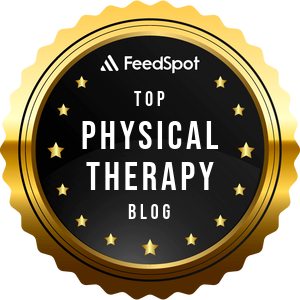
Continuing Professional Education
Looking for Massage Therapy CEUs, PT and ATC continuing education, chiropractic CE, or advanced manual therapy training? Explore our evidence-based online courses designed for hands-on professionals.
